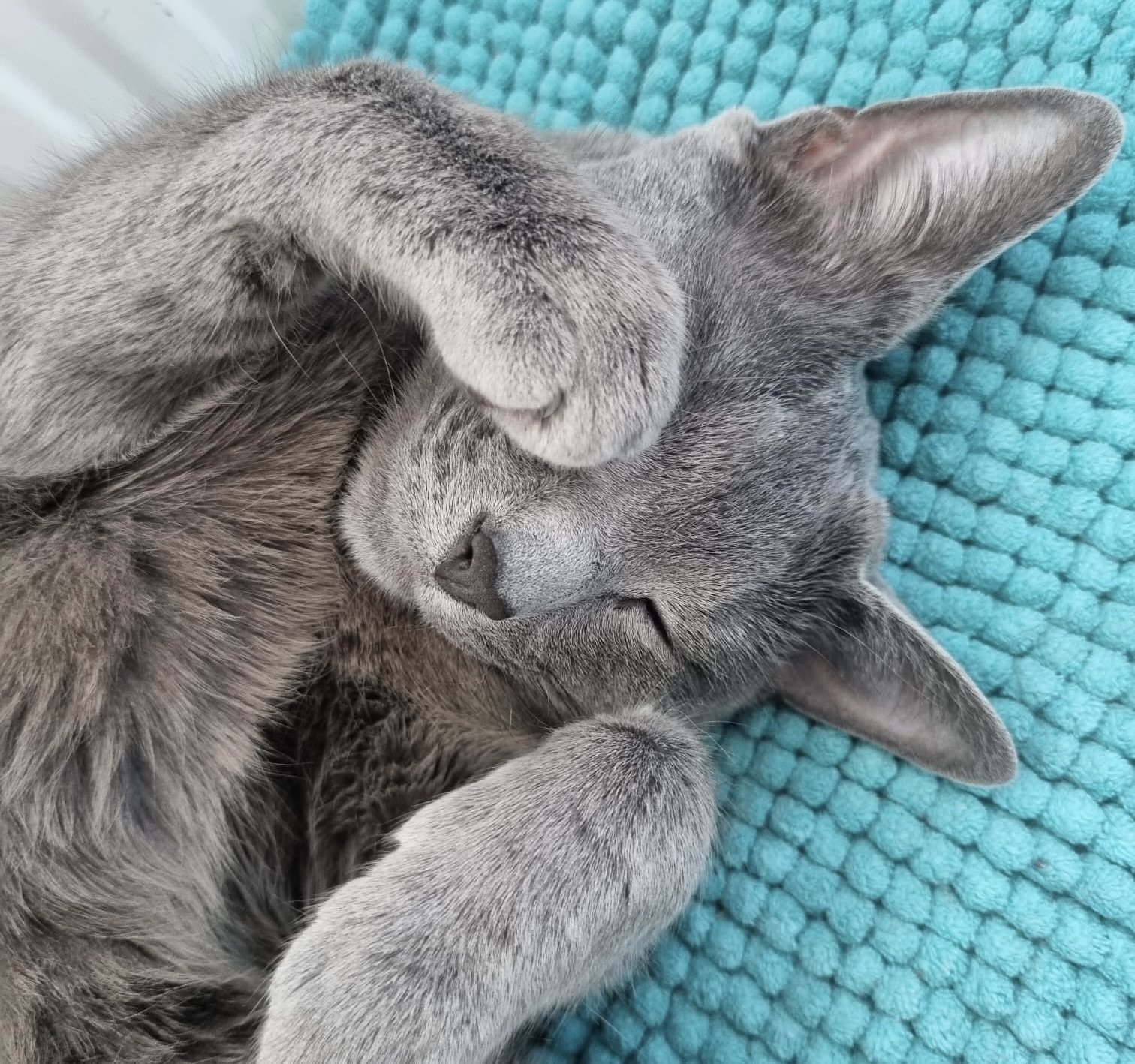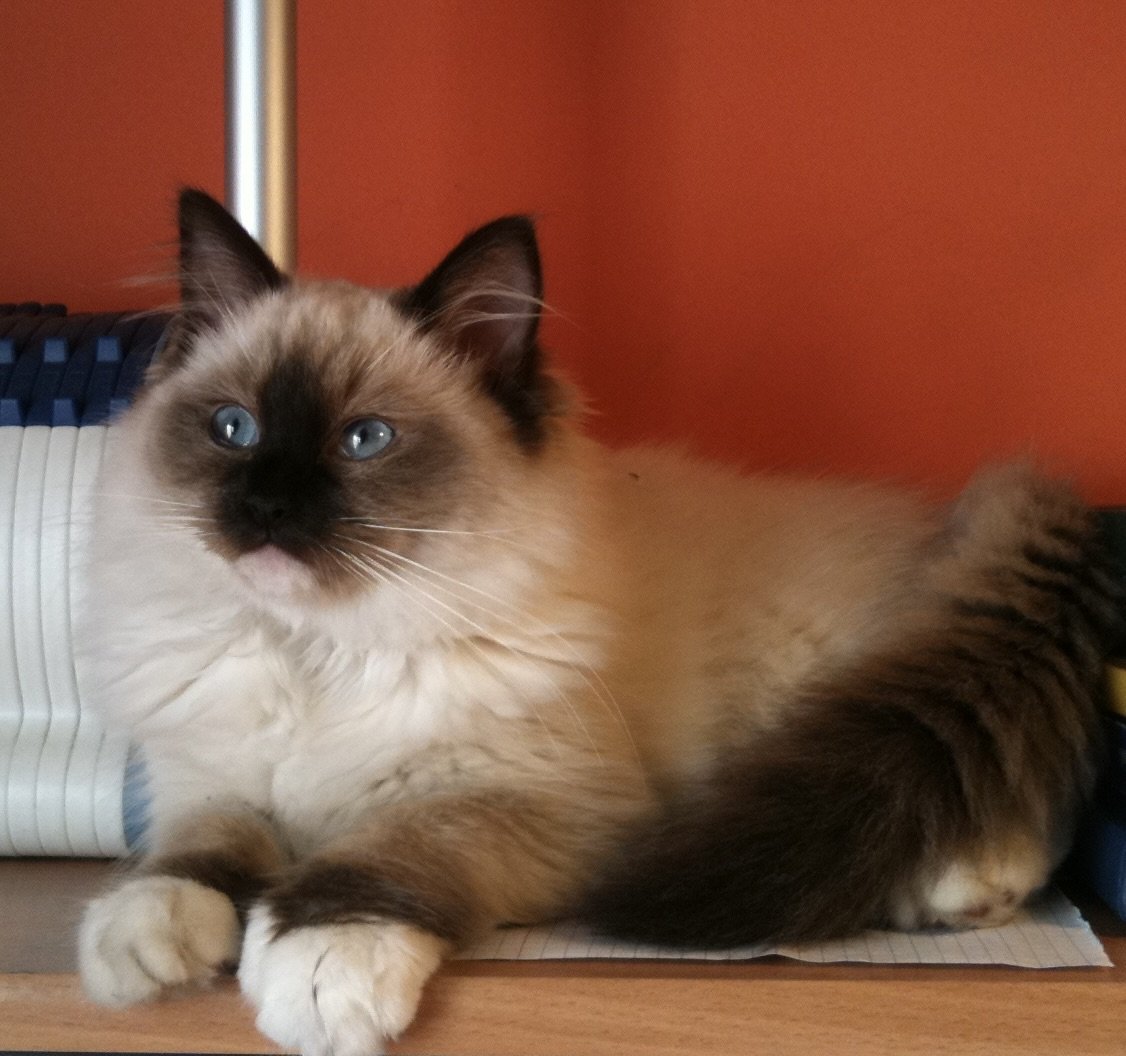
Filters
CLEAR ALLMalteses are the quintessential lap dog. They enjoy nothing more than being spoilt and admired by their human companion. This dog breed is effortlessly distinguished by their straight and long white coats, which makes them look like they have just stepped out of a doggie hair salon! However, don’t let their innocent look fool you. They are high-spirited, bold, and not afraid to test other dogs that are much bigger than them. While these beautiful dogs are poised and playful, they also make good watchdogs.
This dog breed originated in Malta, where there were loved for their beautiful appearance and independent characters. Despite their small size, these charming dogs have larger than life personalities. So, they are a delight to be around.
Over the years, Malteses have found their way into the hearts of many dog lovers around the world because of their loyal and loving natures. In fact, these dogs have been among families' top choices as pets for generations.
Malteses are the quintessential lap dog. They enjoy nothing more than being spoilt and admired by their human companion. This dog breed is effortlessly distinguished by their straight and long white coats, which makes them look like they have just stepped out of a doggie hair salon! However, don’t let their innocent look fool you. They are high-spirited, bold, and not afraid to test other dogs that are much bigger than them. While these beautiful dogs are poised and playful, they also make good watchdogs.
This dog breed originated in Malta, where there were loved for their beautiful appearance and independent characters. Despite their small size, these charming dogs have larger than life personalities. So, they are a delight to be around.
Over the years, Malteses have found their way into the hearts of many dog lovers around the world because of their loyal and loving natures. In fact, these dogs have been among families' top choices as pets for generations.



This tiny canine weighs less than seven pounds and stands just 7 to 9 inches tall, smaller than most domestic cats. Some breeders try to produce even more miniature Maltese dogs, known as “teacup” Maltese, weighing around four pounds at maturity. However, it’s best to avoid this variety as Maltese dogs weighing less than four pounds are more prone to genetic disorders and general health conditions.
The Maltese’s most distinct feature is its long, silky coat that will be pure white but may have a pale ivory tinge. It looks shiny and feels soft and dense. They lack an undercoat, and their hair is always straight, never curly. Underneath their long coats, Maltese have athletic yet delicate body structures.
The Maltese’s glossy coat constantly grows, so they need regular trims at the groomers. Additionally, you should brush them a few times a week and bathe them once or twice a week. To reduce the amount of maintenance, some Maltese owners opt to cut their coats short, which changes the texture to fluffy and wavy rather than silky and straight. You’ll be pleased to know that their long hairs do not shed much, though.
In contrast to their white coats, Maltese have adorable black-button noses, dark eyes and small floppy ears, giving them a cute and elegant appearance. Another distinctive feature is their tufted tails that curl up and over their backs.
Maltese dogs have a decent life expectancy of 12 to 15 years. However, they can be prone to hereditary medical conditions, such as heart and liver problems.
The Maltese are sweet but lively pups that are confident, curious and playful. They are people-orientated and are friendly towards everyone they meet. They tolerate being picked up and held and make fantastic lap dogs.
Maltese pups are intelligent and trainable and do exceptionally well with positive reinforcement training methods. However, while they will quickly pick up commands and tricks, house training a Maltese may require more time and patience. Early socialisation is also crucial with this breed to ensure they grow up to have a good temperament and get along well with children and other animals.
As a compact canine, the Maltese enjoys going on walks but does not require much exercise. Their primary need is to be close to their owners, and they can be quite the attention seekers. They will do fine if left alone for a few hours but can display frustration through barking if they stay alone for much longer.
Because of their tiny size, Maltese dogs don't need gardens and do well living in apartments and flats. Therefore, they are a good choice for those with limited living space. Maltese dogs are also suitable for first-time dog owners as they are easy to train and not too much of a handful.
While Maltese dogs can get along with children, their small, delicate bodies put them at risk of accidental harm. Thus, they are not the best breed to choose if you have small children who are too young to understand how to handle a small pup like this. Finally, Maltese dogs can get along with other small canines and cats if introduced early. Still, their size makes them vulnerable for houses with large dogs.



Their stories
We love happy endings. Discover stories of pets who found their beloved family with the help of The Pedigree Paws <3.

Neo
Russian Blue
We had some concerns purchasing a kitten online but our experience with The Pedigree Paws was great. They connected us with Caroline, the Russian Blue breeder and we had many conversations and received multiple pictures and videos. She answered to all our questions.
The Pedigree Paws verified for us all the vaccinations and health checks to make sure our new kitten was 100% healthy.
Thank you for all your help The Pedigree Paws! Highly recommended!

Jack
Miniature Dachshund
One of the reasons I was hesitant to order a puppy from The Pedigree Paws is because I live in Spain. However they connected me with a very good FCI breeder in Barcelona.
He showed me all the health documents of both parents, their pedigree and answer to all my questions. I am so happy they helped me to find a healthy puppy as finding one by myself was very overwhelming. Contacting The Pedigree Paws was the best decision and I highly recommend them to everybody!

Stitch
Chartreux
From the kittens's selection to the arrival of our Chartreux kitten, The Pedigree Paws was there to assist us. We had great experience with them, and they breeder Alexandra from France with whom they connected us and from whom we got our kitten from. They are very prompt in answering our initial and follow-up questions while our kitten was in transit. Very reliable and trustworthy!
Thank you so much for all your help. We are very happy with our new family member. We will definitely recommend it to all our friends.
Athena
Chihuahua
It's been a few months since we decided to find a Chihuahua puppy to join our family, however we had issues finding a good breeder.
We contacted The Pedigree Paws and they connected us with a very unique breeder in Greece. Many videos and pictures were shown, the breeder shared with us the proof of vaccinations, deworming and her 5 generation pedigree. We were fortunate as George, the breeder was able to deliver the puppy to us personally. We are very pleased with our beautiful Athena. Thank you, The Pedigree Paws, for being truthful and transparent.
Thor
Abyssinian
I feel wonderful having help from The Pedigree Paws finding the dream Abyssinian kitten I was looking for. Thor is the absolute dream! The Pedigree Paws team was really patient and responsible in everything. Lovely experience! They replied to every questions, requirements, and information I ask about the kitten.
Fin
Chihuahua
Thank you for finding for me such a beautiful Chihuahua puppy! I love him so much from the minute I saw him. He changed my world.
Kate, from The Pedigree Paws assisted me through the whole process informing me about everything from health checks to arranging a Pet Nanny to transport Fin directly to my door. So thankful that the experience went so well! I love my Fin.

Emi
Ragdoll
I have always wanted a Ragdoll kitten as it was my dream cat breed, but didnt know how to find one as heard a lot about kitten farms and bad breeders. I reached out to The Pedigree Paws and they were very accommodating and transparent from the start. They offered me few kittens from their list of breeders and when I saw Emi I knew she was the one! We went through the kitten's parents DNA testing as for me that was a priority to have a kitten free from genetic disorders. We sealed the deal and now I have the best kitten I could dream of! Thank you very much for all your help
Shima
Russian Blue
I really wanted a Russian Blue kitten, but was very nervous getting one after reading horror stories about scammers on the Internet. I had my first call with Natalia, from The Pedigree Paws and with her help I was able to connect with the breeder, that I knew I could trust. I am very lucky to have now Shima, she is an absolute joy to live with.
Need some help?
Contact us to speak to our friendly advisor, who will gladly help you find your dream pet!



We are registered in England and Wales under registration number 12568840,
and our registered office is at 58-60 Kensington Church Street, W8 4DB London, England.
© 2023 The Pedigree Paws